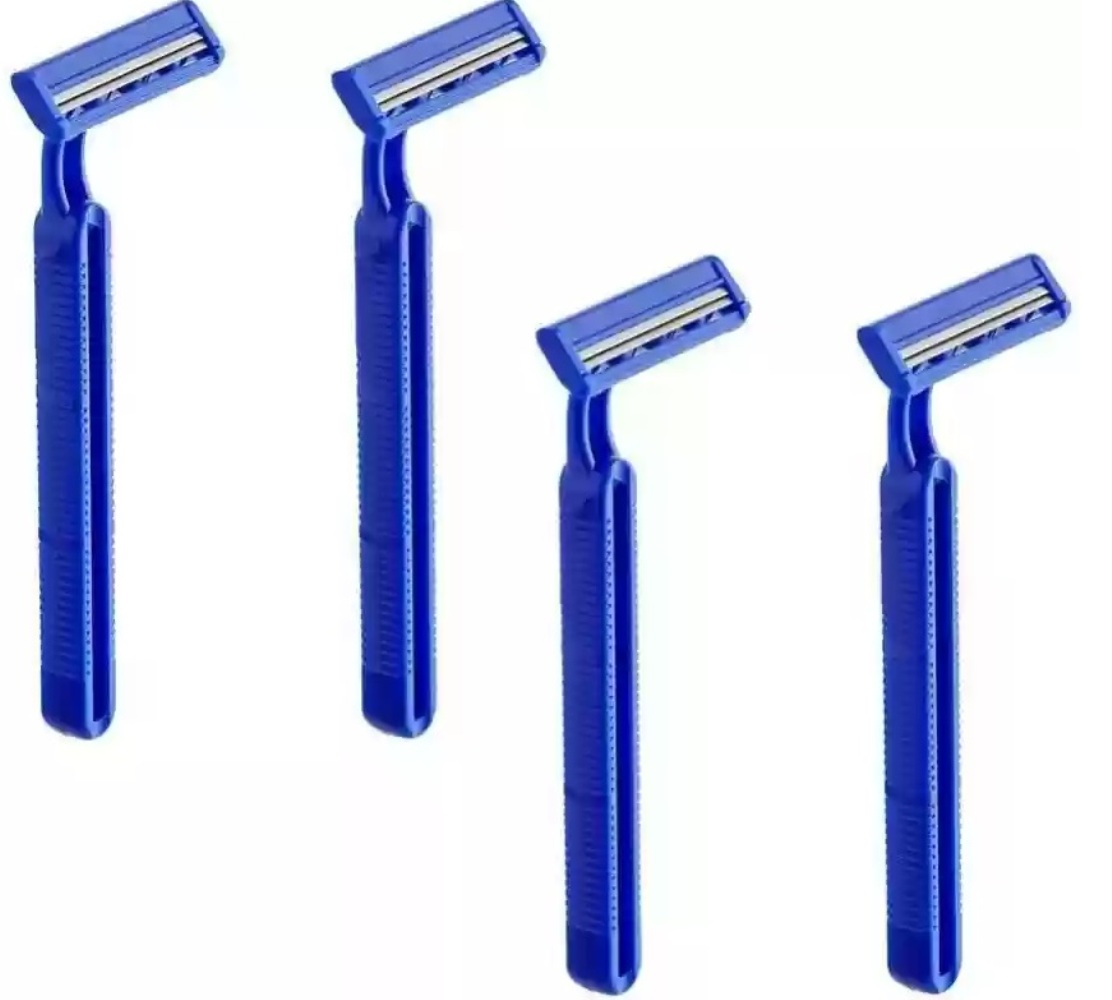
The global market for rheumatoid arthritis treatments is expected to grow at a CAGR of...
Learn More
Our consulting solutions address company specific challenges with respect to micro environment...
Learn More
Organizations frequently need day-today research guidancein order to gain strategic...
Learn More
Exploring different areas of market research and market analysis is a key factor...
Learn MoreAcute Market Reports presents the most extensive global business research services across industries. Our research studies focus on potential outcomes, benefits, and risks associated with each market segment across geographies. Having served our global clients for more than 10 years, our prime priority is to enable our clients in making well-informed business decisions through a data-driven, analytical, and uncomplicated research approach.
We provide access to the world's most comprehensive, analytical, and updated business intelligence services and solutions.




Automotive over-the-air (OTA) refers to the process of wirelessly transmitting data and software updates to a vehicle's electronic control units (ECUs) and systems. OTA technology enables automakers to remotely update various aspects of a vehicle's s...
Read More
The disposable razor market is expected to grow at a CAGR of 4.2% during the forecast period of 2025 to 2033. Disposable razor market encompasses razors intended for short-term use, offering consumers a convenient and cost-effective solution for pers...
Read More
The cyber security market is a dynamic and evolving sector, characterized by the interplay of various drivers, restraints, and market segmentation factors. The cyber security market is expected to grow at a CAGR of 12.5% during the forecast period of...
Read More




